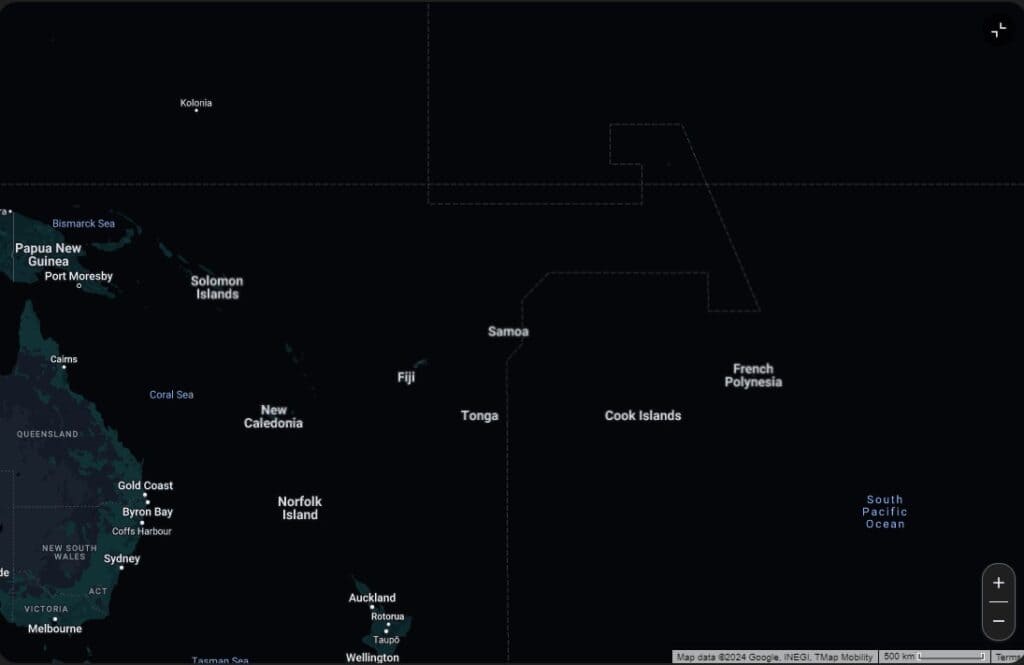The study on the peopling of Polynesia leveraged modern DNA analysis to uncover detailed patterns of exploration and settlement across the Pacific islands.
Researchers, including Stanford University’s Alexander Ioannidis and Andrés Moreno Estrada from Mexico’s National Laboratory of Genetics for Biodiversity, analyzed DNA from 430 modern Polynesians.
By focusing on genetic data, they could reconstruct the sequence and timing of island settlements.
The researchers’ method centered on identifying genetic bottlenecks, a phenomenon where a small group of individuals colonizes a new area, leading to reduced genetic diversity.
This genetic narrowing occurs because each new settlement involves only a subset of the already small and isolated population from the previous island.
Through this approach, the team traced the journey of Polynesian navigators starting from Samoa around 800 C.E.
The genetic data indicated that these navigators first reached Rarotonga, then continued to spread in various directions over centuries, eventually populating islands as far-flung as Rapa Nui by 1210 C.E.

By analyzing the specific genetic patterns of the founder populations on each island, the researchers could establish a chronological order of settlements. This process, likened to arranging “pearls on a string,” allowed them to determine not only the sequence but also the approximate timing of each migration step, often within a few decades.
Moreover, the study revealed connections between island populations that were not immediately obvious based on geography alone.
For instance, the genetic evidence showed that populations from Rapa Nui, Raivavae, and the Marquesas Islands, known for their large stone statues, shared common ancestry from the Tuamotu Islands.
Additionally, the research uncovered genetic traces of Native American ancestry in some Polynesian populations, suggesting contact with the Americas around 1100 C.E.
This finding was unexpected and provided new insights that archaeological and oral histories had not predicted.
The detailed genetic analysis highlighted that while Polynesian settlements were largely isolated following each new landfall, there was also evidence of continued inter-island contact and intermarriage, as indicated by the presence of shared genetic markers.
Ultimately, this genetic mapping not only provided a clearer picture of the Polynesian expansion but also offered potential benefits for contemporary medical research.
Understanding the genetic diversity and specific patterns of Polynesian populations could help address medical conditions prevalent among these communities, which might be overlooked in broader genetic studies based predominantly on European and Asian populations.
